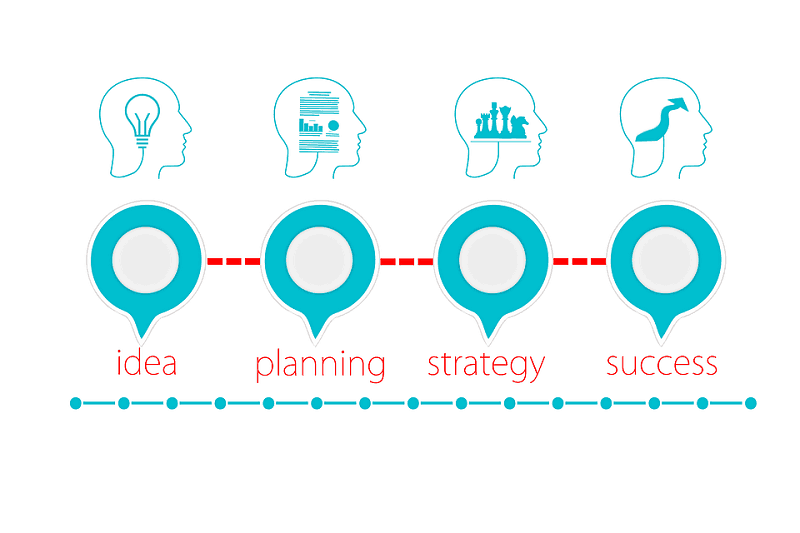Customer service has long been considered the backbone of successful businesses. Nowadays, the simple principle of meeting customer needs has layered itself with more complexity. With the rapid progress in technology and increasing consumer expectations, businesses are now relying more heavily on automation to enhance service delivery. This change not only reshapes how companies interact with clients but also challenges traditional customer service practices.
Table of Contents
The Case for Automation

The merits of automation in customer service are compelling. For businesses, it means reduced costs and process speed, while customers benefit from prompt and often around-the-clock support. Chatbots, machine learning, and voice recognition technologies are already making significant strides in transforming interactions. These tools are designed to respond to common queries, manage appointment schedules, and even undertake minor troubleshooting tasks.
Automation promises consistency, which is sometimes lacking when human error comes into play. Customers typically experience seamless responses and uniform service standards, making interaction smoother and more efficient. When consumers know precisely what they might expect from each exchange, satisfaction rates naturally rise.
As industries become more competitive, the need to satisfy customers quickly has intensified. Automation can significantly reduce the time taken to resolve routine issues, thus maintaining customer satisfaction levels. It places less demand on human agents, allowing them to focus on more pressing matters and ensure smoother operations. As a result, businesses can meet the high demands of their clients effectively without sacrificing quality.
Furthermore, the technology learns and adapts, improving its responses over time. This adaptability enhances the user experience, creating a service that continuously evolves to meet consumer expectations. The ability of automation tools to learn from vast amounts of data can lead to highly customized solutions, tailored to meet the unique preferences and habits of individual customers.
To further improve operations and enhance efficiency, companies can discover the benefits of business process automation for your company. By integrating these tools, businesses not only improve HR tasks but also transform various operational aspects, reducing errors and ensuring smoother workflows.
The Human Touch
Despite the advantages, complete reliance on automated solutions can sometimes fall short of delivering the warmth and empathy involved with human interaction. Emotional intelligence remains a frontier that automation has yet to fully conquer. Customers often feel more valued when they can interact with an empathetic representative who can comprehend and address their nuanced concerns.
Businesses must strike a pragmatic balance, employing automation for repetitive tasks while ensuring human agents are available for cases requiring a deeper connection. By doing so, companies leverage the strength of machines to their maximum potential while retaining the irreplaceable value of human touch.
By incorporating both automation and personal interaction, companies can approach service situations with flexibility. While machines process transactions, humans can foster genuine connections, understanding frustrations and concerns on a level automation has yet to master. This synergy leads to a more comprehensive service experience, keeping the customer’s emotional and practical needs at heart.
Training and Integration
The implementation of automation in customer service is not a one-size-fits-all solution. It demands careful integration into existing systems and human training for optimal results. Companies must teach their representatives the likelihood of automated tools handling initial inquiries and responding to factual questions. This context helps human agents prepare for more intricate conversations.
Furthermore, clarity is imperative when deploying these tools. Openly communicating with the customer when they are interacting with a bot versus a human can present transparency and ensure the integrity of service. Such considerations contribute extensively to a satisfactory customer experience.
Proper training ensures that the transition is smooth and that both employees and customers face minimal disruptions. Staff must understand the role of technology within their workflow, allowing them to adapt quickly and use these tools effectively. This process requires continuous education and openness to evolving technologies, providing a seamless service across all touchpoints.
The Future Ahead
The trajectory for automation in customer service foretells a blend of exciting potential and significant challenges. Industries are expanding rapidly, incorporating even more sophisticated AI tools capable of robust dialogue and problem-solving capabilities. Voice and text recognition continue to improve, and sentiment analysis is making strides in interpreting customer emotions at unprecedented levels.
However, this does not eliminate the necessary role of elegance in the human touch, creativity, and problem-solving capabilities that machines cannot replicate entirely. Automation and human interaction should not be perceived as competing forces but as partners, each bringing unique solutions to modern service challenges.
Emerging technologies hint at a future where customer interactions can be both profound and insightful. As automation systems advance, there lies an opportunity to weave together a tapestry of both human insights and technical prowess, crafting experiences that are not only efficient but also meaningful. Such a future stands to redefine the standards of customer interaction, giving businesses and their clients new avenues for connection and fulfillment.
Conclusion
Seamless automation in customer service is transforming businesses from the inside out. By harnessing the strategic blend of technology and human interaction, companies can hear the voice of the customer with pinpoint clarity, respond rapidly to their needs, and build lasting loyalty. As automation continues to evolve, adapting and optimizing its use becomes paramount, ensuring its coexistence with the invaluable human elements within service systems. The result? A robust, efficient, and more personalized approach to customer service, ready to meet the demands of consumers today and beyond.
























